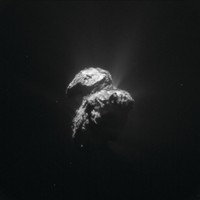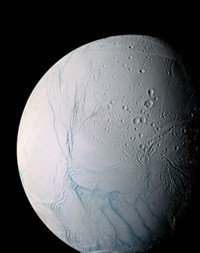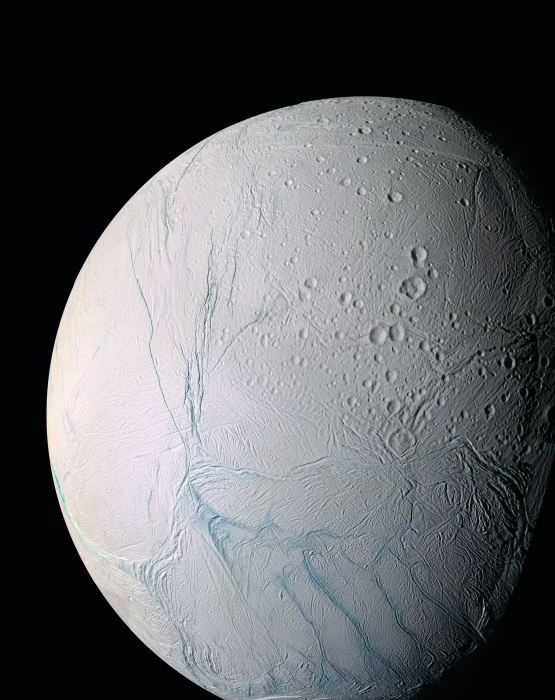Advertisement
Grab your lab coat. Let's get started
Welcome!
Welcome!
Create an account below to get 6 C&EN articles per month, receive newsletters and more - all free.
It seems this is your first time logging in online. Please enter the following information to continue.
As an ACS member you automatically get access to this site. All we need is few more details to create your reading experience.
Not you? Sign in with a different account.
Not you? Sign in with a different account.
ERROR 1
ERROR 1
ERROR 2
ERROR 2
ERROR 2
ERROR 2
ERROR 2
Password and Confirm password must match.
If you have an ACS member number, please enter it here so we can link this account to your membership. (optional)
ERROR 2
ACS values your privacy. By submitting your information, you are gaining access to C&EN and subscribing to our weekly newsletter. We use the information you provide to make your reading experience better, and we will never sell your data to third party members.
Environment
Aquarius Takes Orbit
Geoscience: Joint U.S./Argentina mission sill study ocean circulation, Earth's water cycle
by Elizabeth K. Wilson
June 10, 2011

The successful launch today of an Earth-observing satellite marks the beginning of an international mission to study ocean circulation and the Earth's water cycle via ocean salinity. Both phenomena bear on the health of the Earth's oceans and climate.
The mission, Aquarius/Satélite de Aplicaciones Científicas (SAC)-D, is a joint project between the National Aeronautics and Space Administration and Argentina's space agency, Comisión Nacional de Actividades Espaciales.
Aquarius control team members cheered and high-fived as the Delta II rocket that carried the satellite flawlessly lifted off from Vandenberg Air Force Base in California, and streaked through the atmosphere. The satellite successfully separated from the rocket, and then began maneuvering into orbit around the Earth.
Omar Baez, NASA's launch manager, praised Aquarius' international team of scientists and engineers, calling the launch "a great job by all."
Aquarius/SAC-D microwave radiometers will measure minute differences in thermal radiation from the ocean's surface, which correlate with salinity. Ocean surface salinity affects the density of the water, and salinity differences help drive ocean circulation. Although numerous satellites monitor oceanic properties such as surface heights and temperatures, only recently have global salinity measurements been added to the mix.
In 2009, European Space Agency launched the Soil Moisture and Ocean Salinity (SMOS) satellite. Salinity measurements from SMOS and Aquarius/SAC-D will augment data from other Earth-observing satellites, providing key insights into how fresh and salty water interact and affect global systems such as the atmosphere and sea ice.
"This is stuff that's good for the global community," Baez said during the televised launch. "This will be good for all of us."





Join the conversation
Contact the reporter
Submit a Letter to the Editor for publication
Engage with us on Twitter